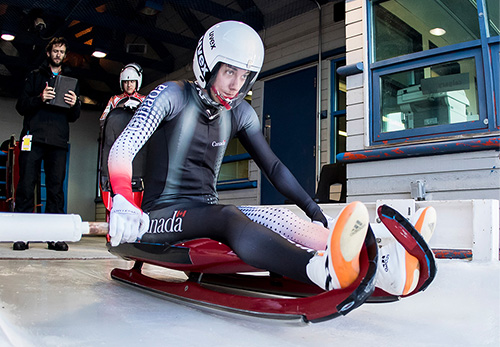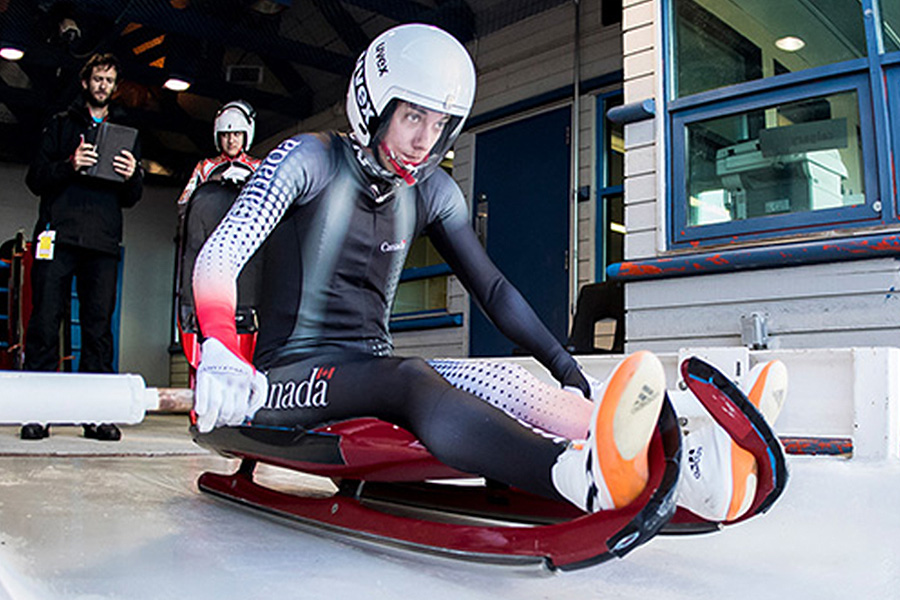2017 Year in Review – Day 3: And the winner is…

Best performances of 2017 1st place Kaetlyn Osmond, Figure SkatingSilver, Ladies Singles You could say Kaetlyn Osmond’s trip to the podium at the 2017 World Championships was a long-time coming. Despite early success as a senior, the 23-year old figure skater’s career has been an ongoing quest to overcome a series of injuries, including a […]
2017 Year in Review – Day 2: And in second place…

Best performances of 2017 2nd place Kim McRae, LugeBronze, Women’s Singles After a fifth-place finish at the 2014 Olympic Games, McRae broke through to the podium in 2017 with a bronze at the World Championships. The 25-year old Calgary native only discovered luge after she attended a ski show where Luge Canada had set up […]
2017 Year in Review – Day 1: The Countdown is on!

#WE CAN News
News [widgetkit id=”44″]
Abbott Leads the Way in the West

#WE CAN Our Team
Team TEAM CANADA – COMPETITION SCHEDULE
#WE CAN Contact
Contact us #250, 151 Canada Olympic Road SWCalgary, ABT3B 6B7 info@csialberta.ca #WECAN NEWS [widgetkit id=”43″] Read more news
#WE CAN Results
Results The results below are those of Canadian Sport Institute Alberta supported athletes. It is not the complete results from Team Canada or Alberta athletes. Gold Event: Men Ski Cross Event: Men 20 km visually impaired Event: Men 1.5 km sprint classic visually impaired Event: Men 10000m Event: Mixed Team Event: Mixed Doubles Event: 2-Man Event: […]
#WE CAN Coaches
Coaches The list of coaches below is a list of coaches from Canadian Sport Institute Alberta supported athletes or training groups. It is not a complete list of coaches on Team Canada or a list of coaches that reside in Alberta. Alpine Skiing Biathlon Bobsleigh Cross Country Skiing Curling Figure Skating Ice Hockey – Women […]
#WE CAN Athletes
Athletes The list of athletes below is a list of Canadian Sport Institute Alberta supported athletes or training groups. It is not a complete list of athletes on Team Canada or a list of athletes from Alberta. All photos are provided by the Canadian Olympic Committee Alpine Skiing INTEGRATED SUPPORT TEAM Sport Medicine / Para-Medical […]
